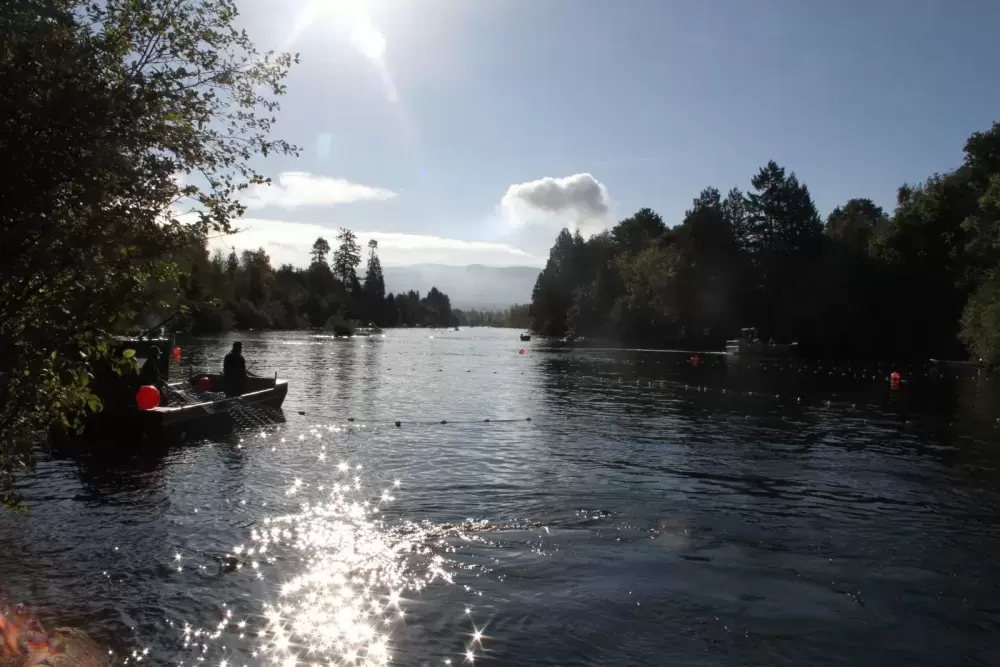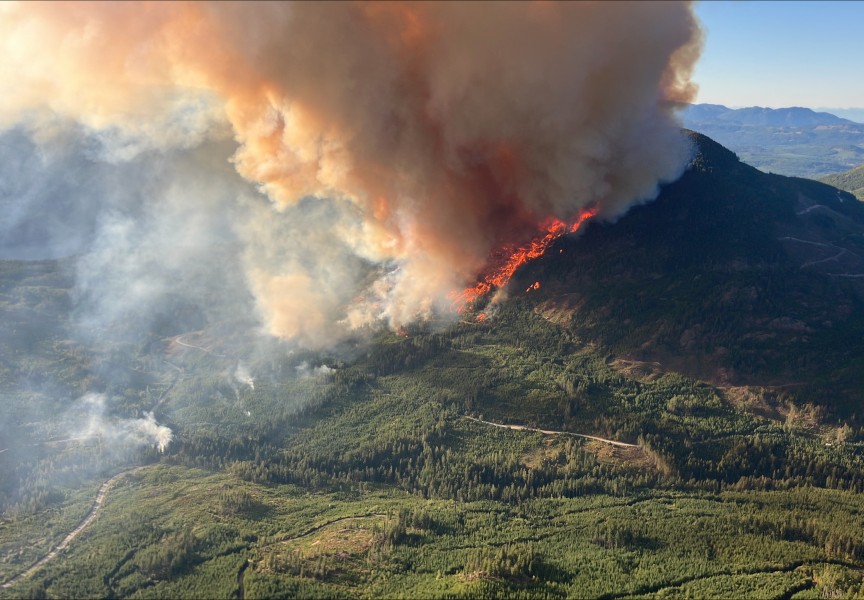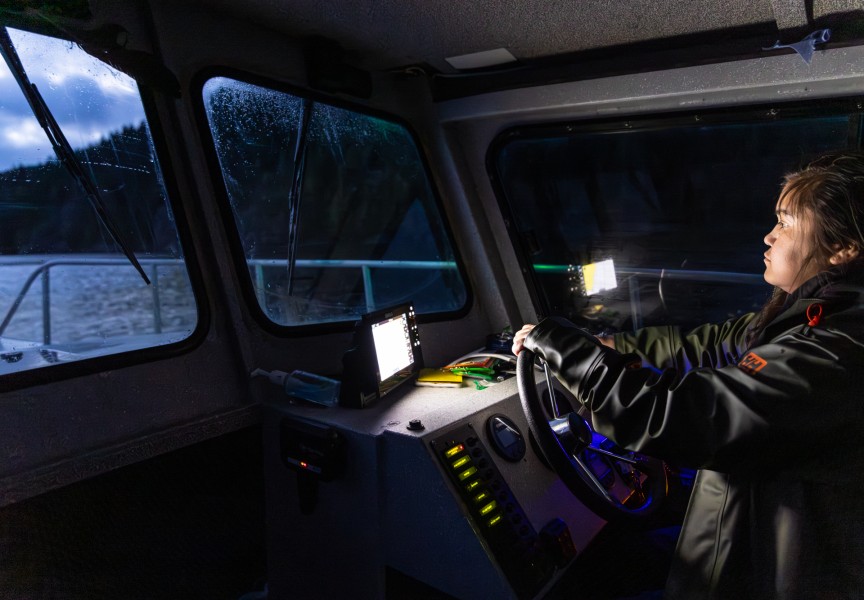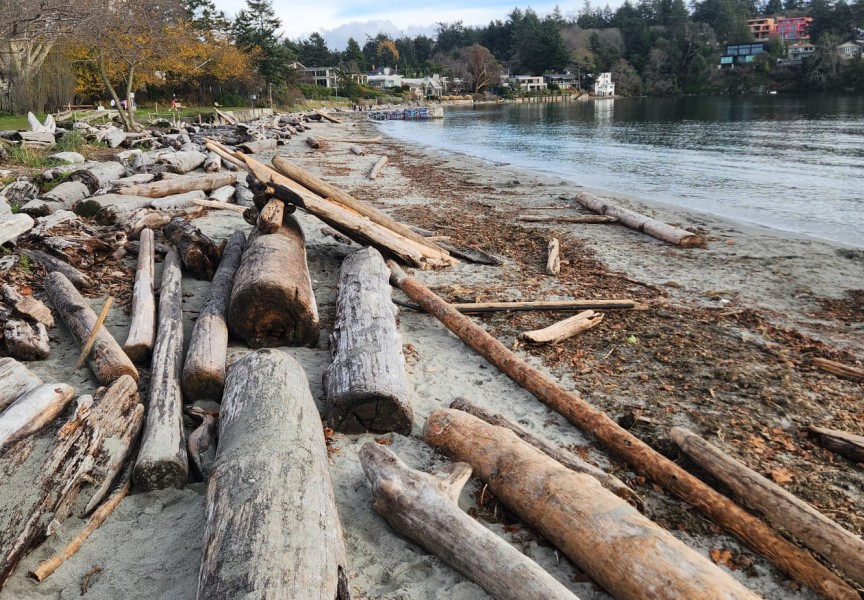There’s no denying 2021 was a record-breaking summer in terms of temperatures on Vancouver Island.
Though the heat has obviously subsided now, thus eliminating immediate dangers to forests and streams, plenty of analysis is still taking place.
“With the change to a typical fall weather pattern, most of the summer’s impacts relating to the high temperatures and low streams flows in the West Coast and Alberni Valley area have been alleviated,” said a spokesperson with the Ministry of Forests, Lands, Natural Resource Operations and Rural Development.
The Ministry is responsible for the stewardship of provincial Crown land.
“Precipitation is refilling groundwater aquifers and surface water bodies; the air and water temperatures have cooled considerably since mid-September and there are sufficient flows to allow for salmon spawning migration throughout the area,” the ministry added. “It remains to be seen how fast ecosystem values and water supplies return to normal, which is part of the ongoing outreach and monitoring efforts undertaken by the regional ministry staff.”
It wasn’t just the heatwave which affected area streams.
“This, combined with the general lack of rainfall for the June to September time period, resulted in significant negative impacts to aquatic and riparian ecosystems, even in a typically wet region such as the west coast of Vancouver Island,” said the ministry. “Most of the effects were immediate, with one to two weeks, and increased water temperatures directly, which further reduced dissolved oxygen levels and decreased water levels in most streams.”
Needless to say, many were caught off guard by the record-breaking temperatures that were registered throughout the province.
During one day in June, it was a record 42 degrees Celsius in Port Alberni. Several other communities in the southern half of Vancouver Island had temperatures in the high 30s and low 40s.
Almost 60 weather records were broken throughout the province on a single June day.
“The length and severity of the heat wave this summer went beyond what was predicted,” the ministry said. “Environment Canada and BC River Forecast Centre can provide reliable weather and streamflow forecasts three to five days in advance, but the seasonal models do not have the capacity to predict extreme weather events such as these.”
Though surprising, prolonged above-average temperatures do have a believed cause.
“Such extreme events are to a large extent unpredictable, and scientific evidence is mounting that their increased severity and frequency is related to climate change,” said the ministry.
A rating scale from 0 to 4 exists for drought levels. Portions of the province hit drought level 4. Action was taken, however, at level 3.
“It was communicated to local municipalities and First Nations governments, water use communities, hydropower producers, recreational water users and the agricultural and forestry sectors to take conservation steps to reduce the impact on the environment,” said the ministry.
The ministry added steps need to be taken in order to properly deal with future record-breaking temperatures in upcoming summers.
“The frequency of extreme weather events such as this is predicted to increase in the future, so the identification of most impacted systems is of paramount importance,” it said. “Increased summer monitoring efforts and staff resources may be employed in the west coast region and Alberni Valley to allow for collection of additional flow, temperature, fish population and aquatic habitat data.
“This would allow for a more complete understanding of summer low flow and high temperature concerns in the area and their effects on both environmental health of streams and the status of water supplies.”
Julia Caranci, a fire information officer who works out of the Parksville station for the Coastal Fire Centre, said numerous factors contributed to this year’s record summer temperatures.
“We broke all kinds of records at all of our weather site stations,” said Caranci, after speaking to a meteorologist employed by the centre.
Besides the Coastal Fire Centre, the province has five other regional fire centres. All of them are further divided into zones with numerous stations each.
The Coastal Fire Centre is responsible for about 16.5 million hectares of land, including Vancouver Island, Haida Gwaii, the Gulf Islands and the Lower Mainland.
Caranci said there were close to average spring temperatures this year but precipitation levels were only 30-40 per cent normal. Persistent outflow winds in the early spring then contributed to early-season fire conditions.
An exceptionally strong ridge of high pressure, which resulted in the ‘Heat Dome’ during the summer, exacerbated fire conditions. Warm and dry temperatures continued throughout July and August.
“The south-island zone was particularly dry this summer,” Caranci said. “So, the fire danger rating went up to extreme in August.”
Caranci added some active fires continue to smoulder but are not deemed serious.
“Our fire danger rating is very low in all areas, which we’re very happy about,” she said.







